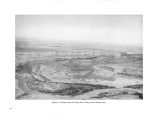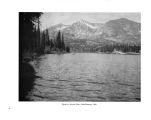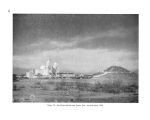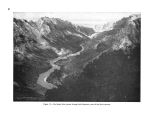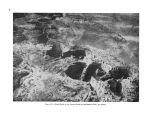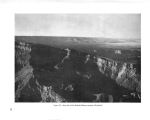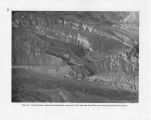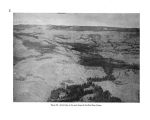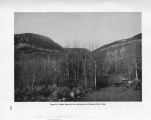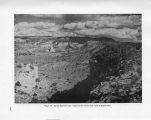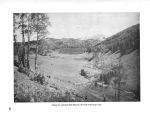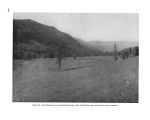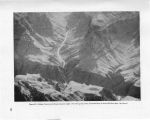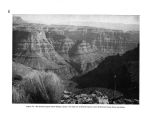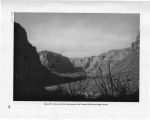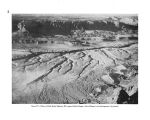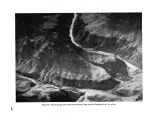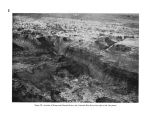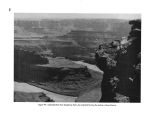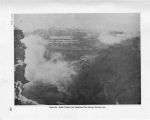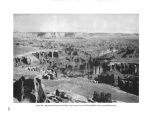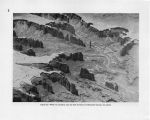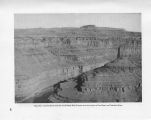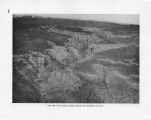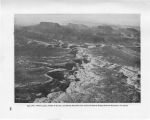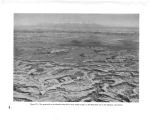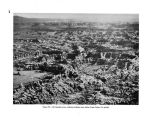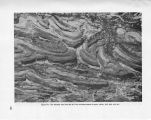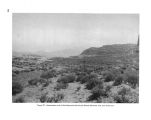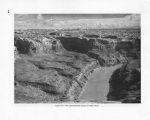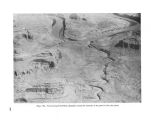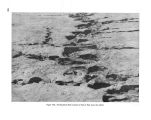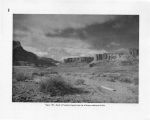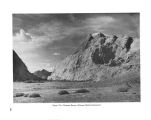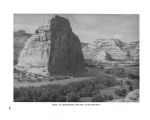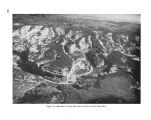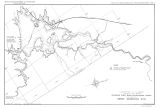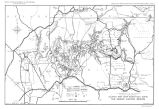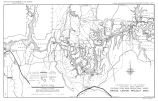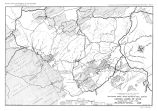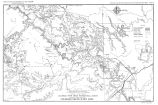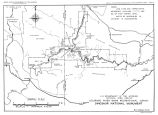| OCR Text |
Show sections of the Canyon Lands, thereby greatly reducing the intrusion of surface transportation facilities into the scene. 3. Encourage business catering to recreational interests and tourist travel to locate in the vicinity of existing towns and certain recreational development centers, rather than at random throughout the area. 4. As the West develops, the roads which one may travel without having the feeling of being fenced in are gradually becoming fewer. Fences on both sides of the road and, to a lesser degree, pole lines, tend to separate the road from the adjoining country which creates the feeling that one is detached from it rather than being a part of it. This effect will be eliminated if only such fences are constructed as are absolutely necessary and if they are removed when their need no longer exists. Roads.- The topography of the Canyon Lands has permitted limited travel east and west and has prohibited vehicular traffic north and south. The only east- west route which has been used to any extent in the past and has recently been improved, crosses the Colorado River at Hite. Surveys of the State Highway Department indicate that the only feasible route for an east- west highway across the Colorado River between Green River, Utah, and Lees Ferry, generally follows this old location. The route suggested by the highway survey is shown on Plate 9 ( in pocket). To preserve the essential character of the area, it is questionable whether any other through highway should be constructed. Only spur roads providing access to the major centers of recreational interest are recommended. In all cases these proposed spur roads would generally follow existing truck trails and serve the grazing and mining interests as well as recreation. The spur roads should be of limited width and of a standard permitting year- round travel. Fortunately, all of the major centers of recreational interest shown on Plate 9 ( in pocket) are now accessible by automobile over trails which in most cases are very poor. It would be feasible to build good all- weather roads from the outer belt of highways to each of the suggested development sites. At these sites, or in the immediate vicinity, there is ground suitable for a landing field for small planes. While it is not absolutely essential 818271° 50- 14 to have a road to every landing field, such a road is considered desirable for use in hauling in equipment, building materials, and many supplies. Air travel and landing fields.- It is believed that much of the tourist travel through the Canyon Lands will be by air because of the great distances and the necessarily circuitous routes that must be followed on land. At the present time, one major commercial air line crosses the area on the route between Grand Junction, Colo., and Las Vegas, Nev. This line has an auxiliary landing field near Hanksville, Utah. A feeder line has been authorized to connect Grand Junction, Price, Provo, and Salt Lake City. To the south Winslow, Ariz., is the nearest point on a major air line. It appears that Grand Junction, Price, and Winslow would be the logical starting points for air tours over the Canyon Lands. At the present time there are landing fields in the area at Hanksville, at Goulding's Trading Post in Monument Valley, on the southeast side of Navajo Mountain, at Bryce Canyon, and at Fredonia, Ariz. For the safety and convenience of air travel, possible landing field locations convenient to all the major recreational centers and at certain intervening spots have been shown on Plate 9 ( in pocket). If this plan were followed, at no time would a plane be more than 25 miles from a landing field. Recreational facilities.- As has been stated, practically all of the population of the region lives in towns and limited irrigated districts. There are only a few isolated ranches. Men running cattle on the range have their homes in the towns where schools, stores, churches, and social activities are available. This practical custom has resulted in the concentration of such developments at favorable points and a corresponding complete freedom of great areas of open country from any interruption by scattered reminders of town life. It is impossible to find such a set- up in most sections of the United States where the people live on the land they graze or farm. Future developments, including major facilities and businesses catering to the recreational interests and tourist travel, should follow this pattern of land use. However, the Canyon Lands are so extensive that it would be impracticable to confine all such facilities entirely within 187 |




























